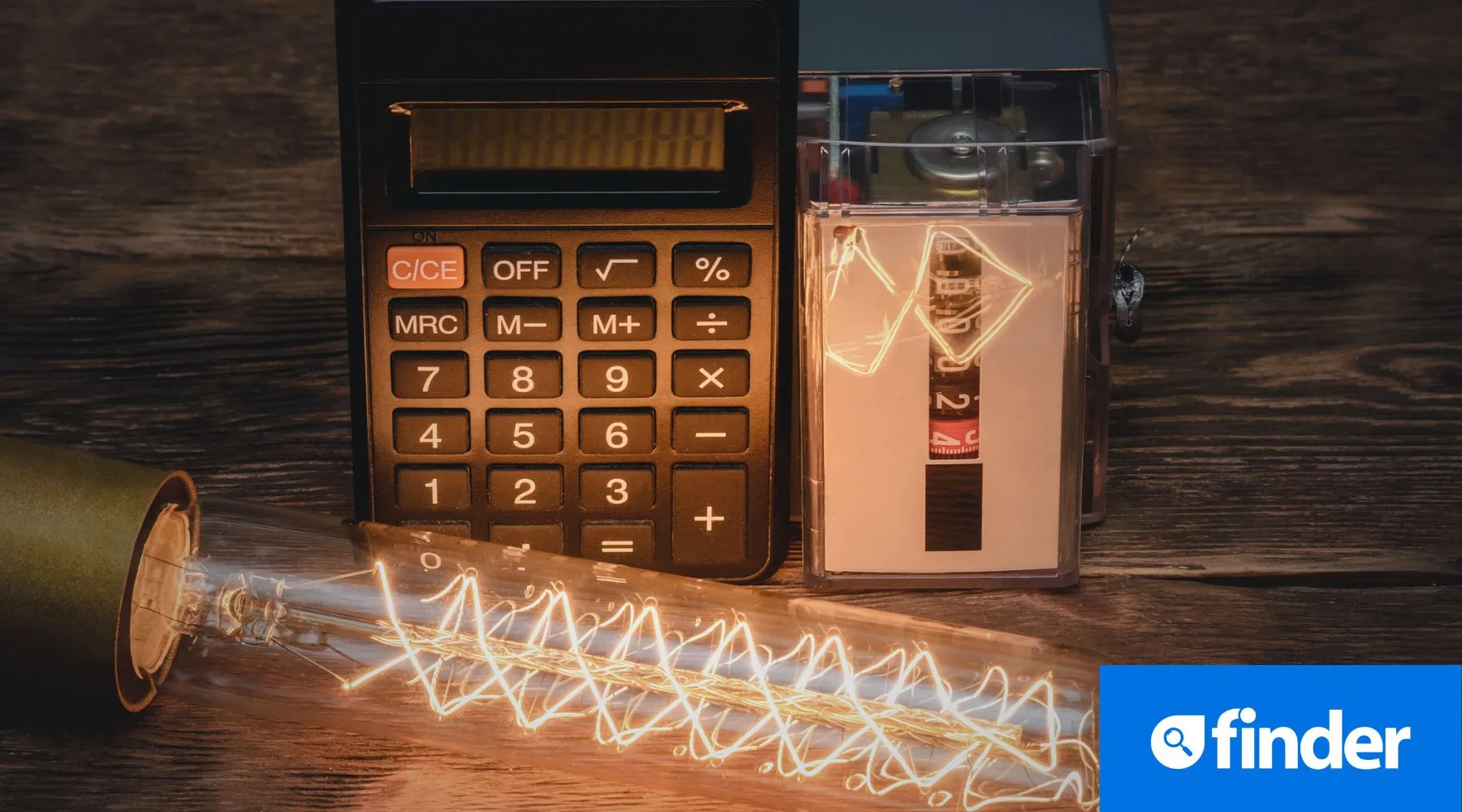Energy bills to jump by 30% in July as cost of living continues to bite

Energy regulators have released their draft decisions to raise benchmark electricity prices by 19.8% to 22.2% in New South Wales, south-east Queensland and South Australia. Victorians can expect a 30% jump.
Breaking: Electricity price rises for July 2023 are now official.
We're seeing a repeat of 2022 as the Australian Energy Regulator (AER) and Victoria's Essential Services Commission (ESC) submit their draft determination for the 2023-24 default offer pricing that'll come into effect from 1 July.
These changes follow an increase of up to 18.3% just last year.
This benchmark pricing, also known as the default market offer (DMO) or reference price, is the maximum amount energy retailers can charge customers that are on standing offers. It's known as the Victorian Default Offer in VIC.
The jump in electricity prices will impact households in NSW, south-east QLD, VIC and SA during the peak of winter when stress levels around energy bills are generally quite high due to heating needs.
Small businesses could also face price hikes of up to 31% depending on their state.
A final decision by the AER will be released in May and we expect the ESC to follow suit.
Here's how much more you could be paying year-on-year depending on where you live. We've also included price jumps for households with controlled load as well as small businesses.
State/Network | Households without controlled load | Households with controlled load | Small business without controlled load |
|---|---|---|---|
NSW (Ausgrid) | $335 (22.2%) | $456 (21.5%) | $640 (14.7%) |
NSW (Endeavour) | $383 (20.9%) | $564 (23.7%) | $753 (19.9%) |
NSW (Essential | $463 (22.1%) | $532 (21.4%) | $858 (17.5%) |
QLD (Energex) | $321 (19.8%) | $383 (19.5%) | $669 (19.4%) |
SA Power Networks | $401 (21.8%) | $485 (21.3%) | $1,151 (25.4%) |
Note: A controlled load is any type of specific appliance that requires separate metering. This includes things like hot water systems, pool pumps.
Victoria's ESC has also revealed its default offer pricing, which will see a big 30% jump in household electricity prices and 31% for small businesses.
Can I avoid the energy price hike?
Around 10% of Australians are currently on standing offers (equivalent to the reference price). You could be one of them if you haven't switched energy plans for over 12 months.
Energy retailers usually promote their market offers which are generally cheaper than the reference price. They show you a comparison by explaining how much less your price estimate is to the reference price.
You should aim for an electricity plan that is at least 8-10% lower than the reference price.
Compare energy plans in NSW, QLD, SA or VIC so you can potentially switch to a better energy deal.
"It's important to understand that the DMO is not the best offer, it is a safety net. We encourage consumers to shop around for the best electricity deal for your circumstance," AER Chair Ms Clare Savage said in a media release.
Ms Savage said the DMO pricing would have risen by 40-50% if the government hadn't intervened by capping the price of coal and gas.
"Energy prices are not immune from the significant challenges in the global economy right now; that's why it's more important than ever that we strike a balance in setting the DMO to protect consumers as well as allowing retailers to continue to recover their costs and innovate."
As previously reported by the ABC, Energy Consumers Australia's chief executive officer Lynne Gallagher explained that we're once again seeing a jump in power prices as a reaction to last year's crisis. The market is trying to recover costs from last year when the energy crisis first hit.
Will energy retailers also increase prices on their market offers?
If last year's trends are anything to go by, we could see energy retailers increase prices on their most competitive plans 1 July onwards.
The price increases are usually staggered and could hit at different times post-July.
Despite this, it's likely you will still be better off switching to a market offer and then comparing plans every 6-12 months in search of a better deal.
How else can I save money amid the cost of living crisis?
You should contact your energy retailer and ask if you're eligible for any rebates or concessions. This is especially true for lower-income households. If you live in Victoria make sure to take advantage of the $250 Power Saving Bonus.
Additionally, start making simple changes around the home.
Don't leave your air-con running if you don't need it. Use DIY methods such as snake rugs and weatherproof tape to seal and insulate your home.
Even spending a little right now to upgrade to more energy-efficient appliance can save you money in the long run.
Otherwise, one of the best things you can do is cut back on your groceries.
The average Aussie household spent $185 on their weekly grocery in February 2023 – up $37 a week compared to the same period last year, according to Finder's Consumer Sentiment Tracker.
"Do your grocery shopping online and shop from a list to avoid those impulse buys at the end of the aisle," says Sarah Megginson, money expert at Finder.
"If you really prefer a wander around the aisles, go shopping within an hour of closing time when cooked chickens, meat and bakery goods get marked down. You can pick up a chicken for a few dollars and bread for half-price.
"Lastly, shop at a grocers or markets for fruit and veggies – they're often significantly cheaper than supermarkets."
Want to know what the cheapest electricity plans in your state are? Check out our roundup and potentially unlock some savings by switching providers.
Ask a question
